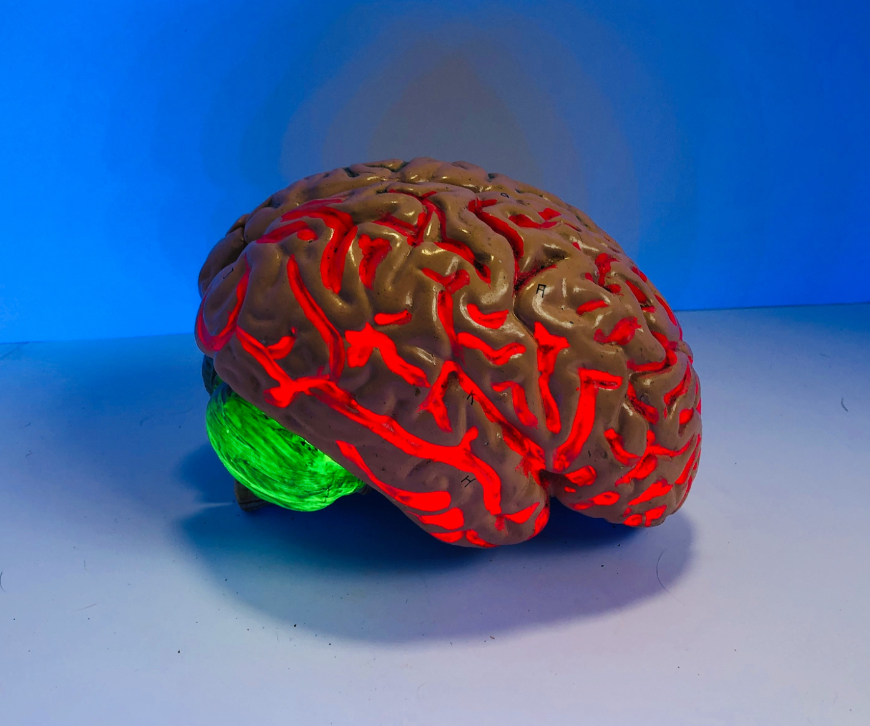Cranial nerve III (oculomotor nerve) palsy refers to dysfunction of the third cranial nerve, which controls most eye movements, pupil constriction, and eyelid elevation. It can significantly impact vision and eye function. Here’s a clear overview:
Causes
Vascular: Microvascular ischemia (common in older adults with diabetes or hypertension) can damage the nerve due to poor blood flow.
Compressive: Aneurysms (especially posterior communicating artery), tumors, or masses pressing on the nerve.
Trauma: Head injury damaging the nerve directly or indirectly.
Inflammatory/Infectious: Conditions like meningitis, sarcoidosis, or autoimmune disorders.
Congenital: Rare, but some are born with CN III dysfunction.
Other: Stroke, demyelinating diseases (e.g., multiple sclerosis), or idiopathic causes.
Symptoms
Eye movement issues: Limited ability to move the eye up, down, or inward, often causing double vision (diplopia), worse when looking in certain directions.
Ptosis: Drooping eyelid due to weakened levator palpebrae muscle.
Pupil abnormalities: Dilated pupil (mydriasis) with sluggish or no response to light, especially in compressive causes. Microvascular palsies may spare the pupil.
Eye deviation: Eye may rest “down and out” due to unopposed action of other muscles (lateral rectus and superior oblique).
Blurred vision: If accommodation (lens focusing) is impaired.
Types
Complete palsy: Affects all muscles controlled by CN III (eye movement, pupil, eyelid).
Partial palsy: Only some functions are impaired, often hinting at specific causes.
Pupil-involving: Suggests compressive lesions (e.g., aneurysm), as pupillary fibers are on the nerve’s outer layer, vulnerable to pressure.
Pupil-sparing: Often tied to microvascular ischemia, as inner nerve fibers are affected but pupillary fibers are preserved.
Diagnosis
Clinical exam: Assess eye movements, pupil response, and eyelid position. Double vision patterns help localize the issue.
Imaging:
MRI/MRA or CT/CTA to rule out aneurysms, tumors, or stroke.
Urgent imaging for pupil-involving palsy to exclude life-threatening causes like aneurysms.
Blood tests: Screen for diabetes, inflammation (e.g., ESR, CRP), or infection.
Lumbar puncture: If infection or inflammation is suspected.


Leave a Reply